The post-woke world
This detested ideology could only ever be sustained by terror.
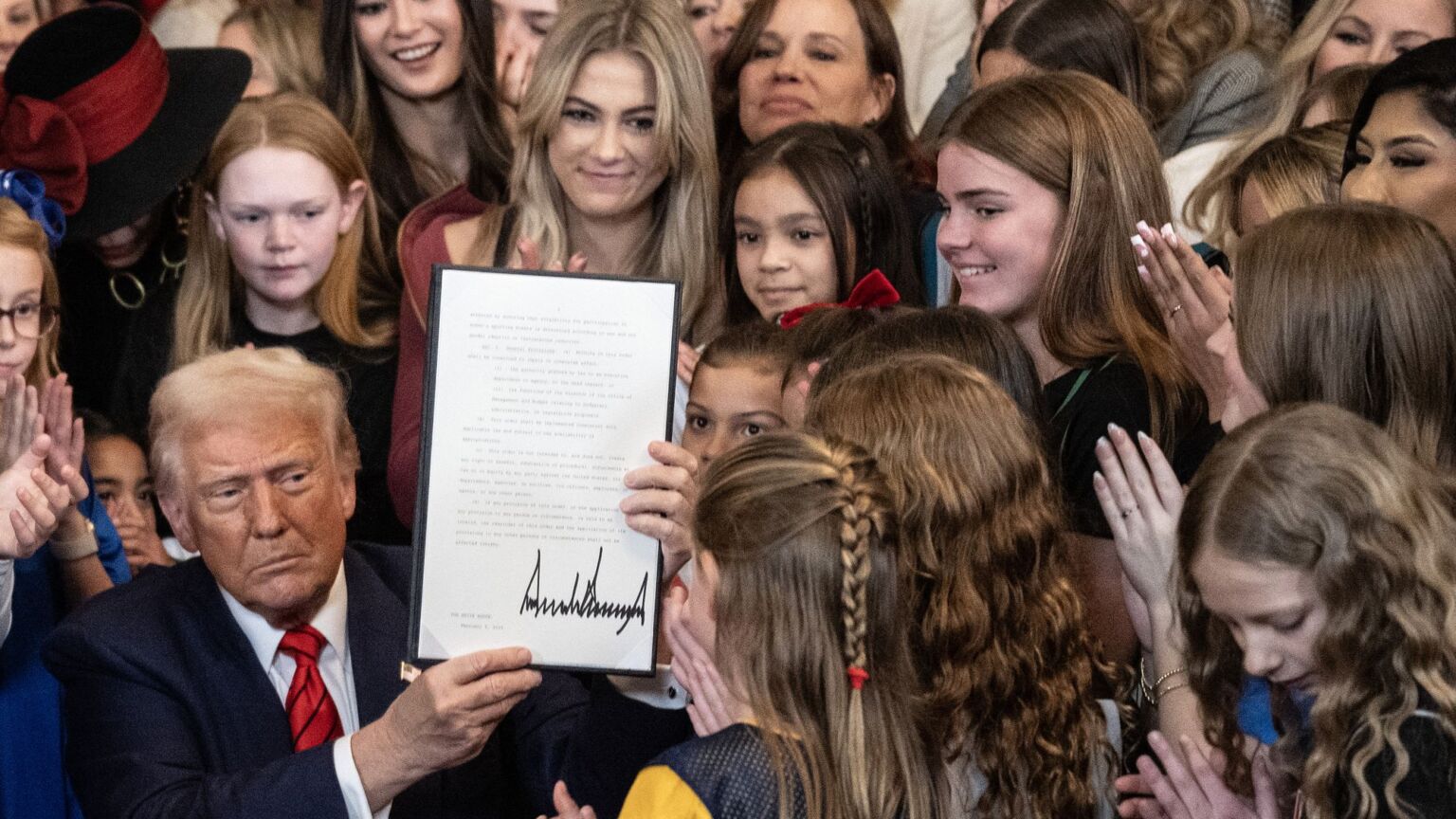
Want unlimited, ad-free access? Become a spiked supporter.
It was an extraordinary scene. Donald Trump, recently re-elected as president of the United States, found himself surrounded by women and girls in the East Room of the White House. The date was 5 February 2025, and Trump was signing an executive order entitled ‘Keeping Men Out of Women’s Sports’. As the US president took to his desk and prepared his pen, he invited his all-female audience to draw closer. ‘Secret service is worried about them?’, he joked. ‘If we have to worry about them we have big problems.’ There was laughter, applause, a hubbub of palpable relief that an egregious social injustice was on the cusp of being corrected. Photographers captured the moment in a flurry of snapping shutters. Would this be the image that marked the beginning of our post-woke era, the first phase of sobering up for a once drunken world?
The significance of this event could not be dismissed as a mere publicity stunt. Here was one of the most controversial Republican presidents in history, a man who had been accused repeatedly of misogyny, nevertheless enacting the most pro-feminist directive since Richard Nixon signed Title IX of the Education Amendments in June 1972, a measure that prohibited sex-based discrimination in federally funded educational institutions.
The culture war of our times has often been misinterpreted as a conflict between left and right. But, as I shall argue, these designations are hangovers from the French Revolution, ill-suited to today’s complex ideological skirmishes.
The sudden rise in the early 2010s of critical social justice ideology – that sprawling, complex and disparate movement known colloquially as ‘woke’ – has meant that the terms ‘left’ and ‘right’ have lost much of their utility. Definitions of ‘woke’ are as varied as can be imagined, but it is best understood as a cultural revolution that seeks equity according to group identity by authoritarian means. Yet for all its institutional clout, this ideology has never enjoyed popular support. Estimates by More in Common, a nonprofit organisation committed to the promotion of social cohesion, suggest that, at its height, the woke movement was endorsed by approximately eight per cent of the population of both the US and the UK. As such, its power could only ever be sustained through misdirection and imposition.
We now find ourselves entering a new phase of the culture war, one in which the woke ideology is being tamed and will soon relinquish its chokehold on the Western world. The death rattles have become so audible that they can no longer be gainsaid. Major companies such as McDonald’s, Walmart, Ford, Amazon, Google and Meta have scaled back their diversity, equity and inclusion (DEI) policies. Black Lives Matter is now a largely discredited movement. Leftist politicians, such as Democratic representative Alexandria Ocasio-Cortez and former US secretary of transportation Pete Buttigieg, have quietly removed the pronouns from their social-media profiles. Multiple sporting bodies have barred men who identify as women from competing in female categories. Gay-rights groups are rejecting the forced teaming with divisive LGBTQIA+ campaigns. The UK Supreme Court has ruled that ‘sex’ means ‘biological sex’ for the purposes of equality law, meaning that men who identify as women have no legal right to enter women-only spaces – the Telegraph ran with the frontpage headline, ‘Trans women are not women’.
A seemingly frivolous but perhaps equally revealing moment occurred when car company Jaguar released a new advertisement campaign in November 2024. A short commercial showcased a number of flamboyant epicene models posing against a minimalist but colourful backdrop, with syntactically inelegant slogans, such as ‘live vivid’ and ‘delete ordinary’, appearing periodically on the screen. No vehicles were featured, and it looked very much as though Jaguar was more interested in promoting the doctrine of DEI rather than selling cars.
Inevitably, the company’s sales soon plummeted, but the significance was in the broader reaction. Like many woke initiatives, the concept was rooted in conformism masquerading as radicalism. A few die-hard activists praised the company’s new direction, but the effort seemed forced; whimpers rather than cheers, the faintest borborygmi of an ageing beast. The overriding impression was one of fatigue. An advertisement that would have been standard fare in 2020 suddenly felt very dated.
So is woke truly at an end? Well, the influence of woke still lingers, of course, and the ideology will doubtless find a way to mutate and resurrect in some other guise. In addition, we are already seeing the rise of an ‘anti-woke’ contingent that may fill the vacuum. In seeking to re-establish the importance of freedom and liberal values, some leading figures of this predominately right-leaning counter-movement have now reached the conclusion that the only effective response to ‘wokery’ is a different kind of authoritarianism. As the saying has it, they hope to fight fire with fire, and as such have earned themselves the much-contested label of the ‘woke right’. Those of us who have taken a stance against the excesses of the illiberal left would be advised to be vigilant about the possibility of a backlash that will only guarantee the continuation of this culture war. We should be striving to return to a time when absurdities were treated with the indifference they deserve, and the shrill demands of a handful of ideologues were drowned out by the steady chorus of reason.
My new book, The End of Woke, is intended to reflect these developments, and to show that the authoritarian impulse at the heart of wokeness is replicated wherever human beings succumb to ideological thinking. The culture war has been needlessly prolonged due to this common insistence that it can be reduced to a matter of party politics. As I shall propose, far from blaming the left for this ongoing societal upheaval, we must acknowledge that culture warriors exist across the political spectrum. This has never been a matter of left or right, but rather what John Stuart Mill in 1859 called the ‘struggle between liberty and authority’.
My concern is how we reached this period of competing narratives and regressive tribal politics, where we might go next, and how we should learn from the recent past to guide us through the imminent future. It is an argument for the cooling of temperature, the detribalisation of politics, the acknowledgement that no group has all the answers. It is a reminder that we have as much to learn from our critics as they might learn from us, that there is a kernel of truth even in the most grievous falsehood, and that our agency is diminished if we insist on reciting someone else’s script.
This is an excerpt from The End of Woke: How the Culture War Went Too Far and What to Expect from the Counter-Revolution. It is published tomorrow by Constable, and is available to pre-order here.
Andrew Doyle is a writer, broadcaster and comedian. Find him on Substack here.
You’ve read 3 free articles this month.
Support spiked and get unlimited access.
Help us hit our 1% target
spiked is funded by readers like you. It’s your generosity that keeps us fearless and independent.
Only 0.1% of our regular readers currently support spiked. If just 1% gave, we could grow our team – and step up the fight for free speech and democracy right when it matters most.
Join today from £5/month (£50/year) and get unlimited, ad-free access, bonus content, exclusive events and more – all while helping to keep spiked saying the unsayable.
Monthly support makes the biggest difference. Thank you.
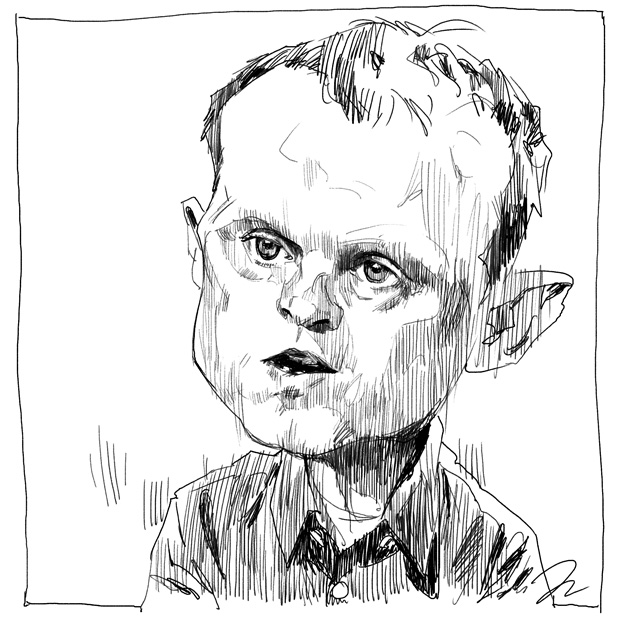
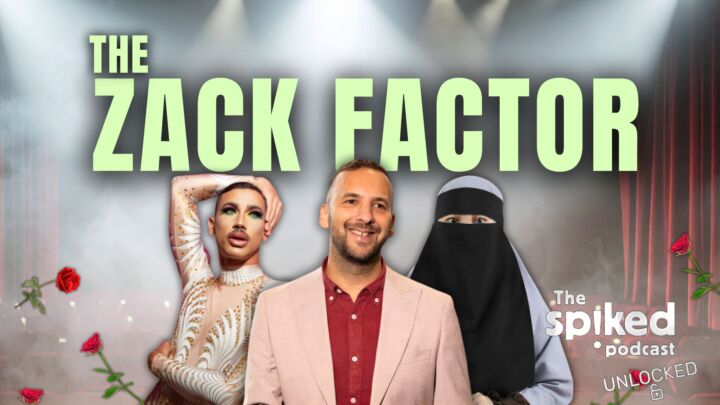
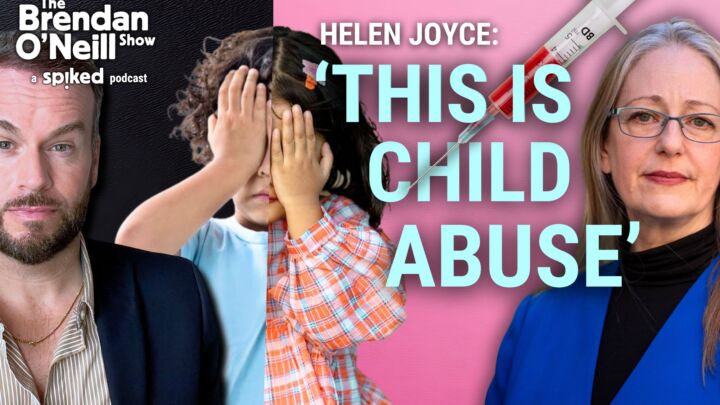
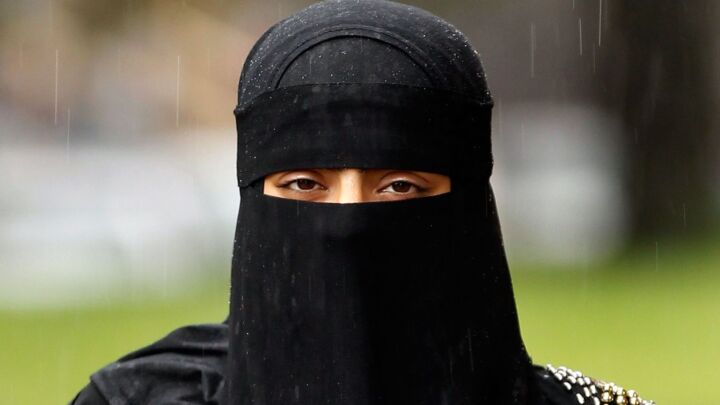
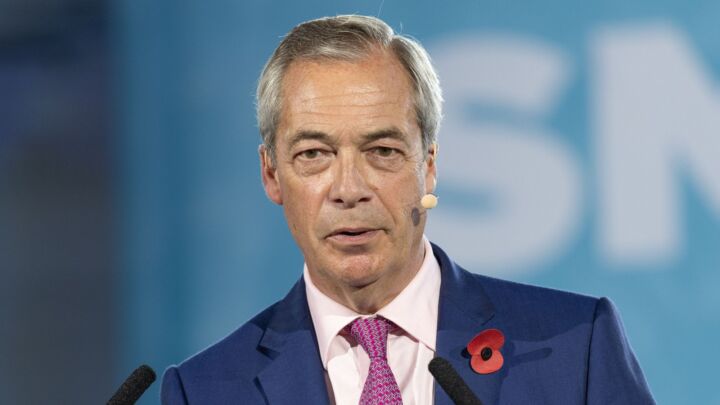




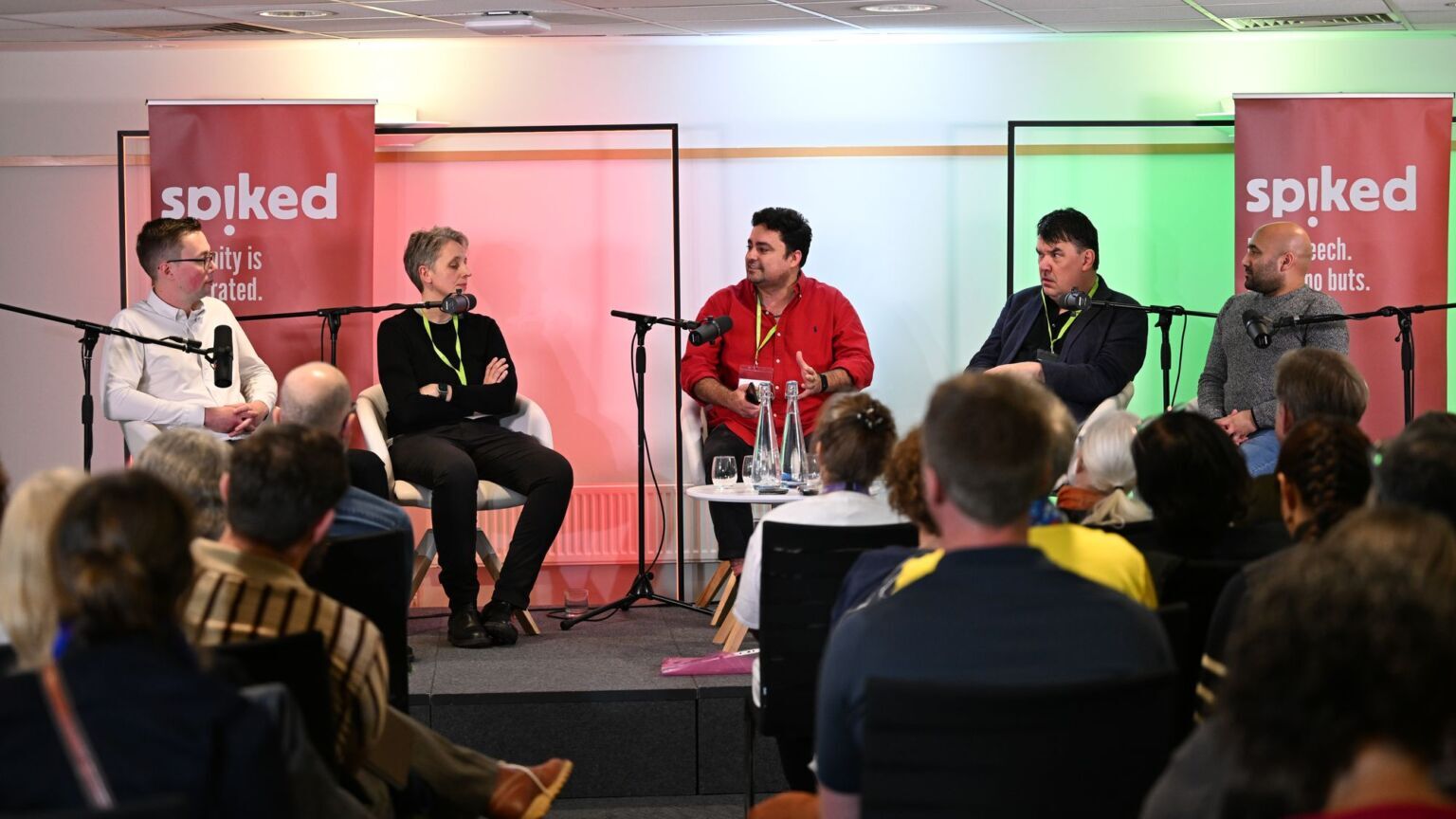
Comments
Want to join the conversation?
Only spiked supporters and patrons, who donate regularly to us, can comment on our articles.